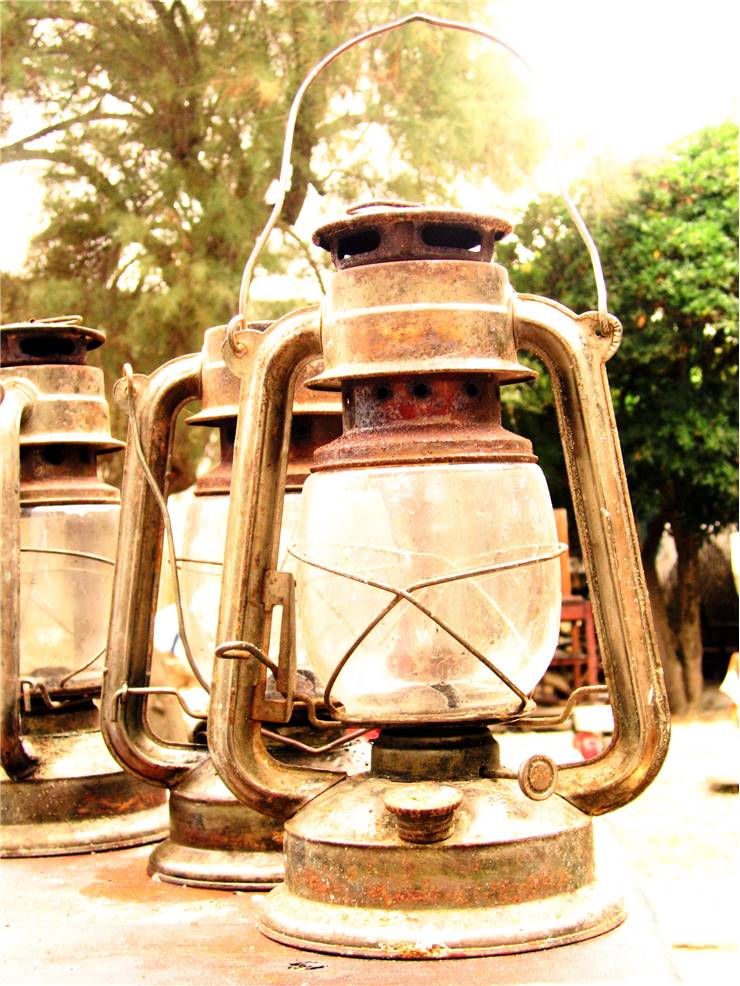History of Lanterns - Who Invented Lantern?
Lantern is a device used to illuminate surrounding space. It can be portable or fixed to a place. It can be used as any kind of a light source, for signaling, decoration, in religious rituals or in celebrations. They are basically a light source (candle, wick in a fuel or mantle) enclosed in a container that protects the flame so the wind would not put it out but light can pass through. It can be made from variety of materials from non-flammable to flammable.
Lanterns are first mentioned in the written documents by Empedocles of Agrigentum and by Theopompus, a poet from ancient Greece. There is also evidence that other civilizations used them that early as well, like Egypt and China. In ancient China, they were made form paper, silk or animal hide while construction is made from wood and bamboo. Simplest lanterns use candles as a light source. Candle is placed in a tin box or cylinder with glass panels and an opening or holes on the top so candle can get oxygen.

Decorative lanterns are made in various shapes and sizes and are used for decorations and atmosphere during celebrations. Many Chinese festivals use paper lanterns during the duration of the celebrations. For the Ghost Festival in China, many lanterns in the shape of the lotus are placed in rivers as symbolic guides for the souls of the ancestors. During the Lantern Festival, there is a custom of lightning many paper lanterns to mark last day of the lunar New Year celebration. During these Chinese festivities there is also not uncommon to see sky lanterns floating in the sky. It is also known that ancient Chinese used to catch fireflies, put them in the cages or holed containers and used them as lanterns.
Lanterns for everyday use were made from metal and glass and were popular since 1700s, until electric light superseded them. At first lanterns were iron baskets full of wood knots, which were hung from poles and kept lit during the night to illuminate the crossroads. They were replaced by oil lanterns that used whale oil as a fuel and after that, gas lanterns. Portable lanterns used kerosene as fuel and can still be found in use. They use wick or mantle as a light source. Today, in use are mostly electrical lanterns, either for illuminating streets or houses in fixed variation or for portable use. Batteries and accumulators power portable electric lanterns and can be recharged from the grid or by solar energy or crank generators. They are useful in an emergency situations, for camping and (especially solar and crank versions) in developing countries where electrical current can’t reach or is too expensive. Electrical lanterns use incandescent electric lamps as well as fluorescent and in some cases LED lamps.
As much as they symbolize a bygone era, lanterns still live in some rituals, in some design styles and in its successors - electrical lanterns.
